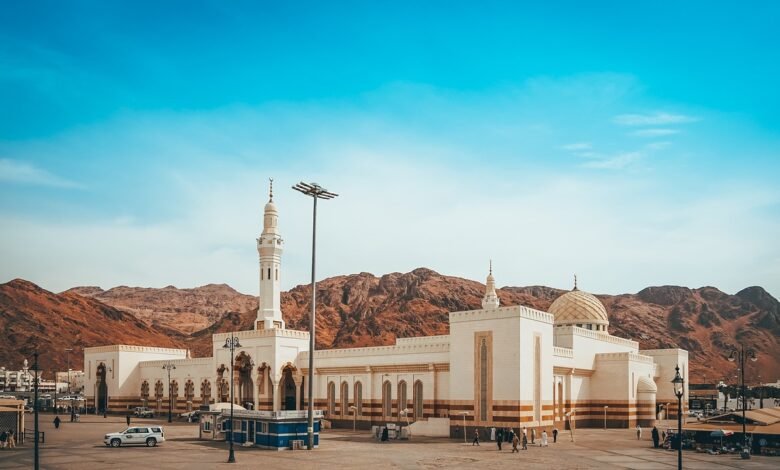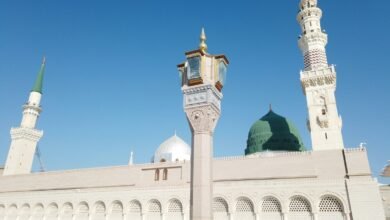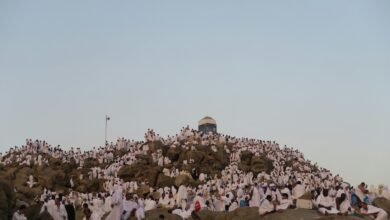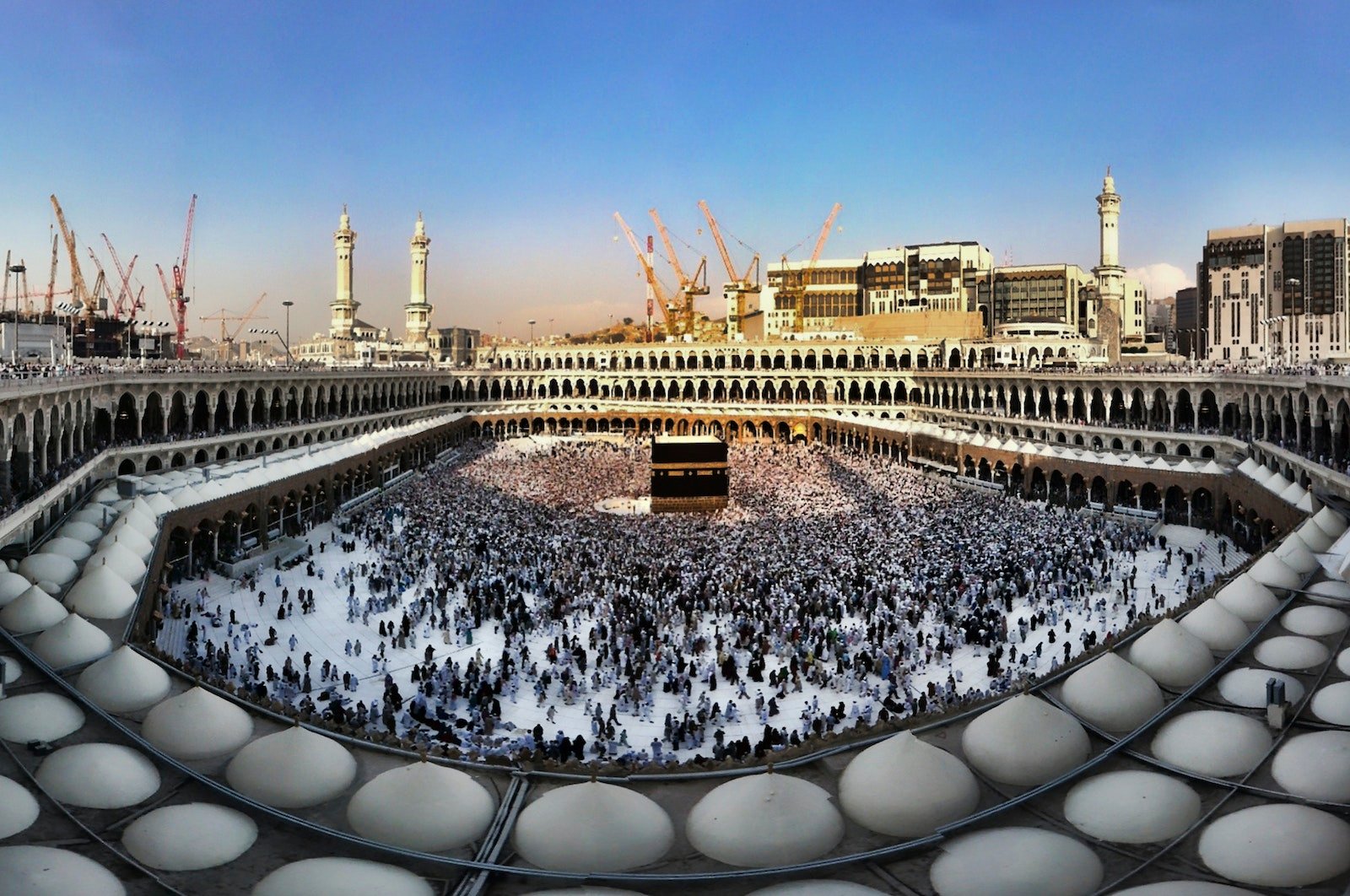
The Ziyarat of Makkah and Madinah is a profound spiritual journey for Muslims around the world. Each city is home to significant sites that reflect Islamic history and devotion. This post will explore the key places to visit in Makkah and Madinah, enhancing the spiritual experience for pilgrims.
Makkah
Masjid al-Haram
Masjid al-Haram, the Grand Mosque, is the holiest site in Islam and the focal point for Muslims worldwide. It houses the Kaaba, towards which all Muslims pray.
- Significance: Every year, millions of pilgrims gather here for Hajj and Umrah, making it a site of immense spiritual significance.
- Features: The mosque features stunning architecture, including minarets and expansive courtyards, accommodating thousands of worshippers.
Masjid Jin
Masjid Jin is a lesser-known mosque located near Makkah, famous for its unique connection to a verse in the Quran where jinn are said to have gathered to listen to the Prophet Muhammad (peace be upon him).
- Historical Importance: The mosque serves as a reminder of the spiritual realm and the unseen beings that play a role in Islamic teachings.
Jannat al-Mu’ala
Jannat al-Mu’ala is the historic cemetery of Makkah, where many prominent figures from early Islamic history, including the Prophet’s family, are buried.
- Pilgrimage Site: Visitors often come here to pay their respects and remember the contributions of those who paved the way for Islam.
Miqat
Miqat refers to the designated locations where pilgrims intending to perform Hajj or Umrah enter the state of Ihram. There are several Miqat points around Makkah.
- Significance: Observing the rituals of Ihram at these points marks the beginning of the pilgrimage journey and signifies the intention to perform the sacred rites.
Masjid Aisha
Masjid Aisha, also known as Masjid al-Tan’im, is located just outside Makkah and is a popular spot for pilgrims who wish to enter the state of Ihram.
- Key Features: It is especially frequented by those who wish to perform Umrah after entering Makkah, making it a site of convenience and worship.
Masjid Jorana
Masjid Jorana is another mosque situated near Makkah, known for its role in the rituals of Hajj and Umrah.
- Historical Significance: It is a location where pilgrims can enter into the state of Ihram, similar to Masjid Aisha, facilitating their pilgrimage experience.
Masjid Nimra
Masjid Nimra is located in Arafat and is traditionally where the Prophet Muhammad (peace be upon him) delivered his Farewell Sermon during his last Hajj.
- Cultural Importance: The mosque serves as a place for reflection and prayer during the Hajj pilgrimage.
Jabal al-Rahmah
Jabal al-Rahmah, or the Mount of Mercy, is a significant site located on the plains of Arafat.
- Spiritual Significance: Pilgrims often ascend this mountain to pray and seek forgiveness, as it is believed to be a place of mercy and compassion.
Maidan Arafat
Maidan Arafat is the central point of the Hajj pilgrimage, where pilgrims gather on the 9th of Dhul-Hijjah.
- Ritual Importance: Standing at Arafat is a pivotal part of Hajj, and it is the day when Allah’s mercy is said to be abundantly bestowed upon those who seek it.
Muzdalifah
Muzdalifah is a location where pilgrims gather after Arafat to pray and collect pebbles for the ritual of stoning the Jamarat.
- Key Activities: The night spent here is an opportunity for reflection and prayer under the stars, fostering a deep sense of community among pilgrims.
Mina
Mina is known as the tent city where pilgrims stay during Hajj, particularly on the 8th to 13th of Dhul-Hijjah.
- Significance: It is the site where the ritual of stoning the Jamarat takes place and where pilgrims commemorate the sacrifice of Prophet Ibrahim (Abraham).
Jamarat
Jamarat refers to the three pillars in Mina that symbolize the locations where Satan tempted Prophet Ibrahim (peace be upon him).
- Ritual Practice: The act of stoning the Jamarat is a significant rite during Hajj, symbolizing the rejection of evil.
Madinah
Masjid Nabawi
Masjid Nabawi, or the Prophet’s Mosque, is one of the holiest sites in Islam, located in the heart of Madinah. It was built by the Prophet Muhammad (peace be upon him) himself and is a place of great spiritual significance.
Key Features:
- Green Dome: The iconic green dome above the Prophet’s tomb is a major attraction for pilgrims.
- Rauda: The area between the Prophet’s pulpit and his tomb is known as Rauda, and it is said to be a garden from the gardens of Paradise. Praying here holds immense reward.
- Historical Significance: The mosque has undergone several expansions over the years, making it one of the largest mosques in the world today.
Masjid Quba
Located just outside Madinah, Masjid Quba holds the distinction of being the first mosque built in Islam. It was constructed shortly after the Prophet Muhammad (peace be upon him) migrated to Madinah.
Key Features:
- Sunnah of Praying: It is highly recommended to offer two rakats of prayer in Masjid Quba, as the Prophet Muhammad (peace be upon him) emphasized its importance.
- Historical Significance: The mosque serves as a reminder of the early days of Islam and the struggles faced by the Prophet and his followers.
Masjid Qiblatain
Masjid Qiblatain, or the Mosque of Two Qiblas, is known for its unique historical significance. It is the site where the direction of prayer was changed from Jerusalem to the Kaaba in Makkah.
Key Features:
- Two Mihrabs: The mosque has two mihrabs, one facing Jerusalem and the other facing Makkah, symbolizing this pivotal moment in Islamic history.
- Spiritual Significance: Visiting Masjid Qiblatain is a reminder of the flexibility and evolution of the Islamic faith.
Maidan Uhud
Maidan Uhud is the site of the famous Battle of Uhud, which took place in 625 CE. This battle holds great significance in Islamic history as it tested the strength and resolve of the early Muslim community.
Key Features:
- Mount Uhud: The mountain serves as a natural backdrop to the battlefield and is a site of reflection and remembrance of the sacrifices made by the companions of the Prophet.
- Grave of Hamza: The site is also home to the grave of Hamza ibn Abdul-Muttalib, the beloved uncle of the Prophet Muhammad (peace be upon him) and a martyr of the battle.
Muqam Khandaq
Muqam Khandaq is historically significant as it marks the location of the Battle of the Trench (Khandaq), where the Muslims defended Madinah against a coalition of forces.
Key Features:
- Strategic Importance: The trench, dug under the guidance of the Prophet Muhammad (peace be upon him), played a crucial role in the defense of the city.
- Historical Reflection: Visiting this site serves as a reminder of the unity and strategy of the early Muslim community.
Jannat al-Baqi
Jannat al-Baqi is the oldest and one of the most important cemeteries in Madinah. It is the resting place of many companions of the Prophet Muhammad (peace be upon him) and other notable figures in Islamic history.
Key Features:
- Final Resting Place: Among those buried here are the Prophet’s family members, including his wives and daughters.
- Visiting Etiquette: Pilgrims often visit Jannat al-Baqi to pay their respects and pray for the souls of the departed.
Conclusion
The Ziyarat of Makkah and Madinah encompasses a journey filled with spirituality, history, and devotion. Each site holds unique significance for Muslims, providing opportunities for reflection, prayer, and connection to their faith. Visiting these sacred places enriches the pilgrimage experience, allowing pilgrims to deepen their relationship with Allah and the teachings of Islam.
Our Umrah packages
Other information about Umrah
- Ziyarat of Haram Sharifain
- The recommended method of Umrah
- What is meant by group Umrah tickets?
- What is meant by sharing, quad, triple, double?
- Terms and conditions and required documents for obtaining an Umrah package



